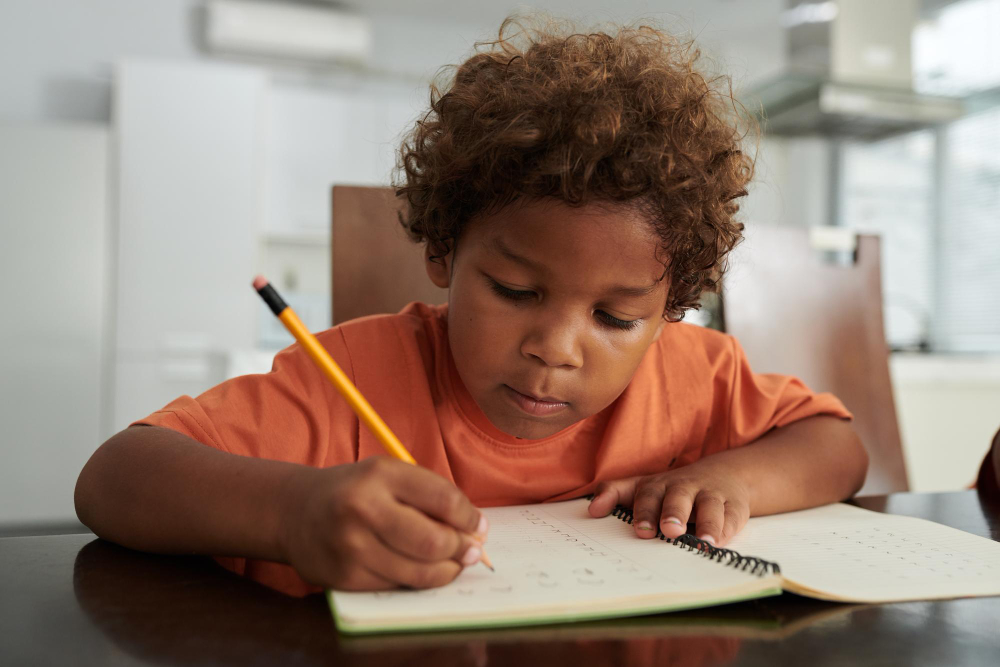The Montessori Advantage: Building the Perfect Grip, One Activity at a Time
Maria Montessori, a visionary educator, recognized the importance of fostering fine motor skills long before formal writing instruction begins. Her genius lies in creating a wealth of resources that, while serving various educational purposes, also have a “hidden benefit” – strengthening the muscles needed for proper pencil grip. These activities are not simply busywork, but rather carefully designed experiences that target specific developmental needs.
The Secret Trio: Thumb, Index, and Middle Finger
Montessori identified the three key players in successful pencil control: the thumb, index finger, and middle finger. Through her meticulously crafted materials and activities, children are encouraged to isolate and utilize these specific fingers in a playful and engaging way. Here’s how some of these activities work:
- The Practical Life Exercises: Activities like transferring objects with tongs, pouring water, and spooning strengthen the muscles in the hand and wrist, creating a strong foundation for writing control.
- The Sensorial Materials: Sorting and manipulating objects of different textures, sizes, and weights further refines hand-eye coordination and fine motor skills. The act of picking up small objects like beads or counting rods helps children develop the crucial pincer grasp required for holding a pencil.
- The Montessori Workstations: Activities like threading beads, using nut and bolt boards, and tracing shapes all require children to isolate and use their thumb, index finger, and middle finger in a coordinated way. These seemingly simple tasks not only build dexterity but also prepare children for the mechanics of holding a writing utensil properly.
Beyond the Grip: A Holistic Approach
The Montessori approach goes beyond just physical development. By fostering a sense of independence and allowing children to explore at their own pace, these activities also build confidence and a positive association with learning. This intrinsic motivation is crucial for future academic success, including writing.
In the next article, we’ll delve deeper into specific Montessori pre-writing activities you can do at home with your child. We’ll also explore how these activities connect with other areas of Montessori learning.

